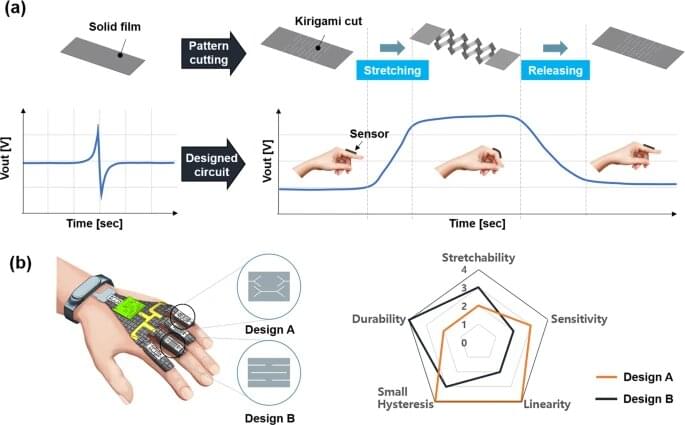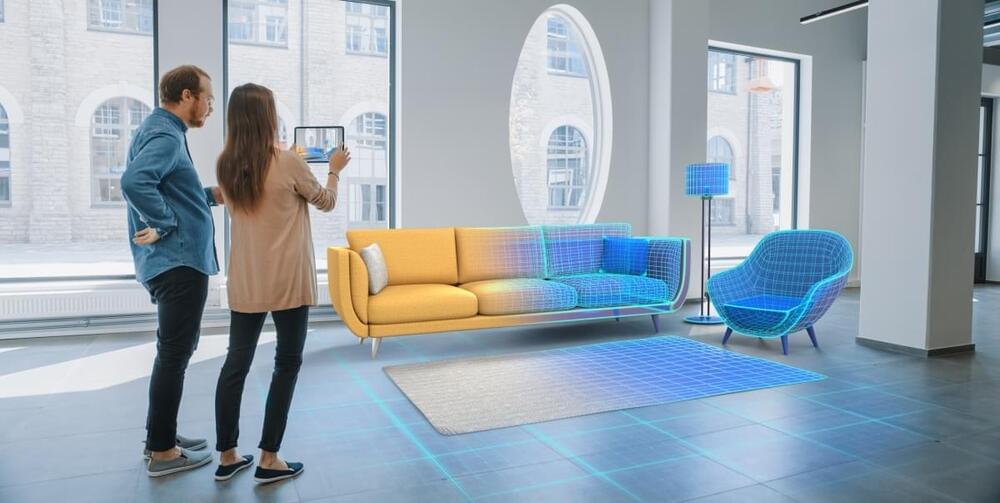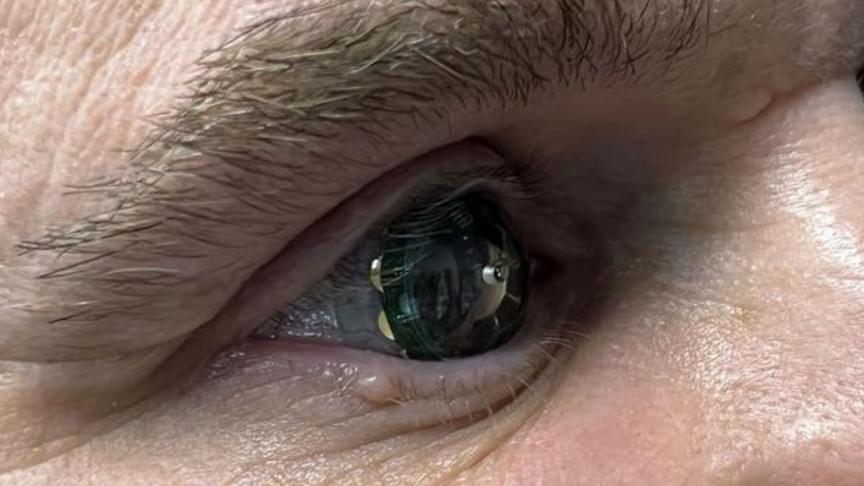Jul 24, 2022
Medicine and the metaverse: New tech allows doctors to travel inside of your body
Posted by Genevieve Klien in categories: augmented reality, biotech/medical, robotics/AI, virtual reality
Interested in learning what’s next for the gaming industry? Join gaming executives to discuss emerging parts of the industry this October at GamesBeat Summit Next. Register today.
The world of technology is rapidly shifting from flat media viewed in the third person to immersive media experienced in the first person. Recently dubbed “the metaverse,” this major transition in mainstream computing has ignited a new wave of excitement over the core technologies of virtual and augmented reality. But there is a third technology area known as telepresence that is often overlooked but will become an important part of the metaverse.

















